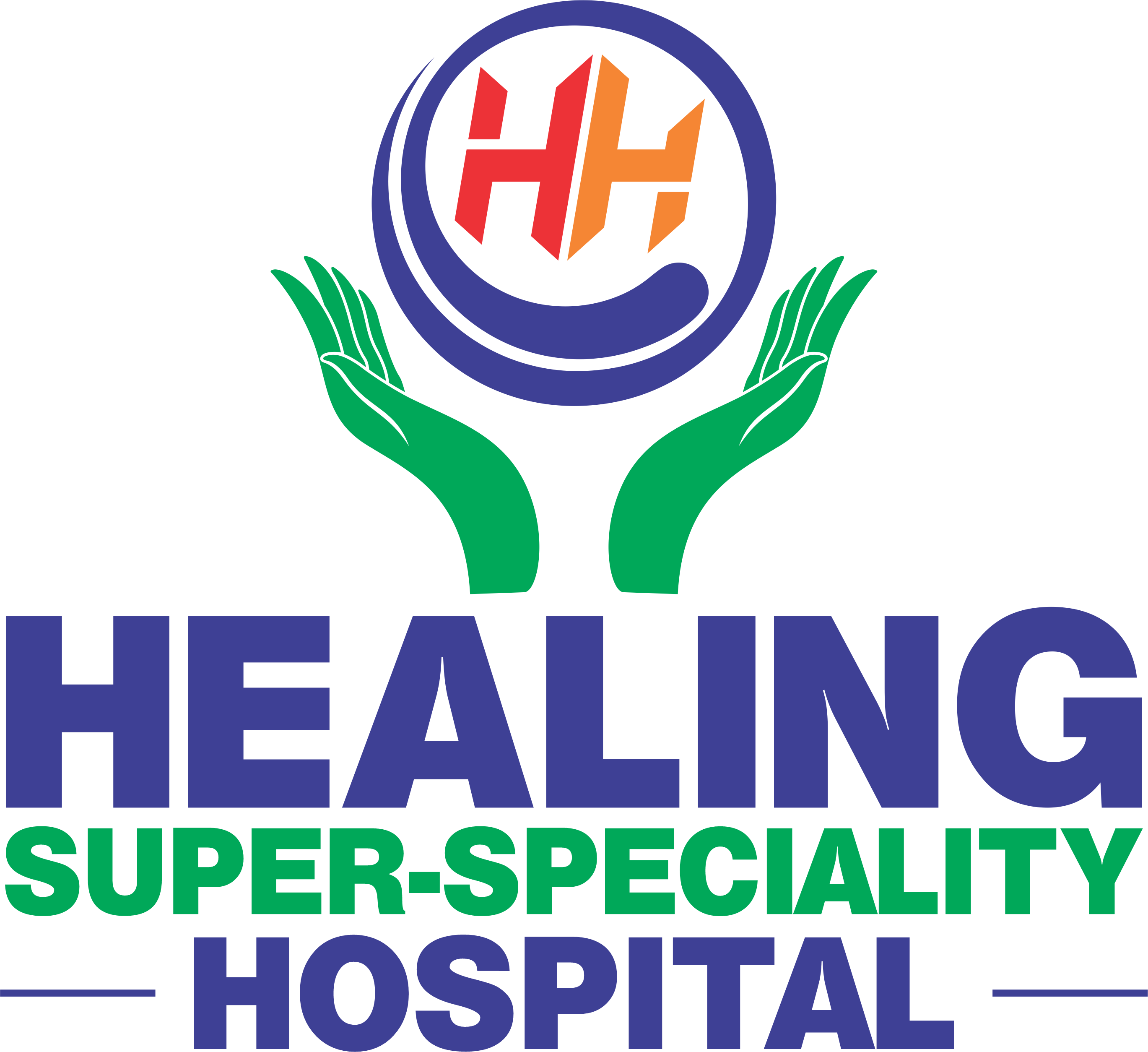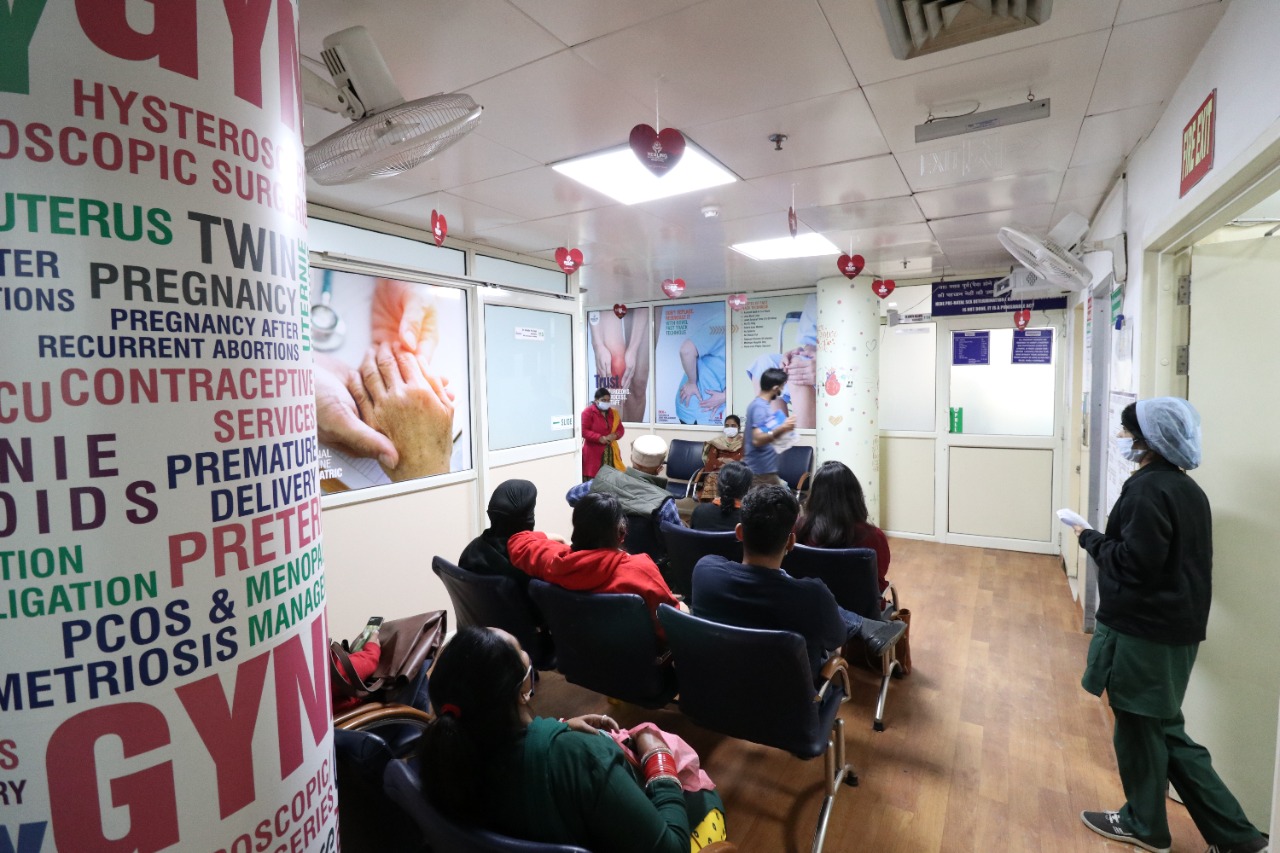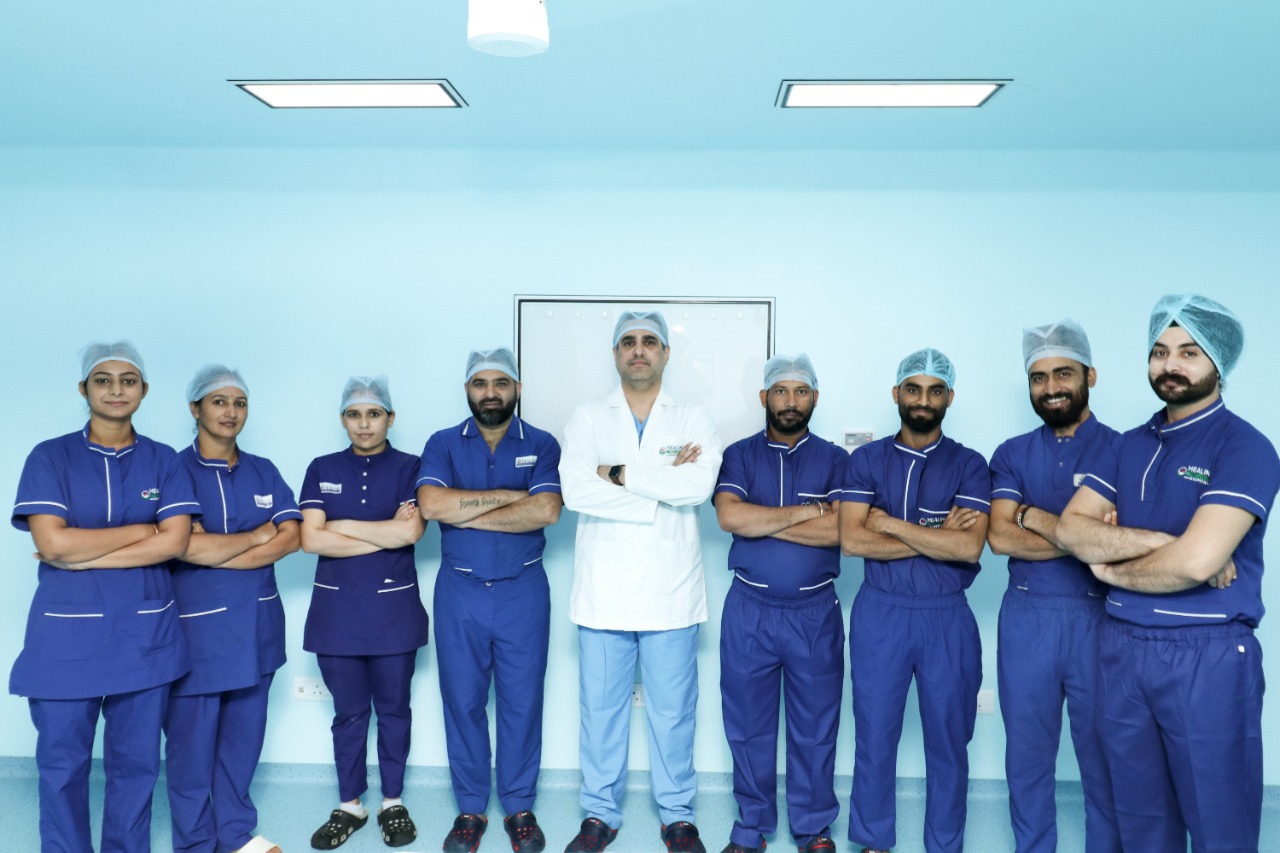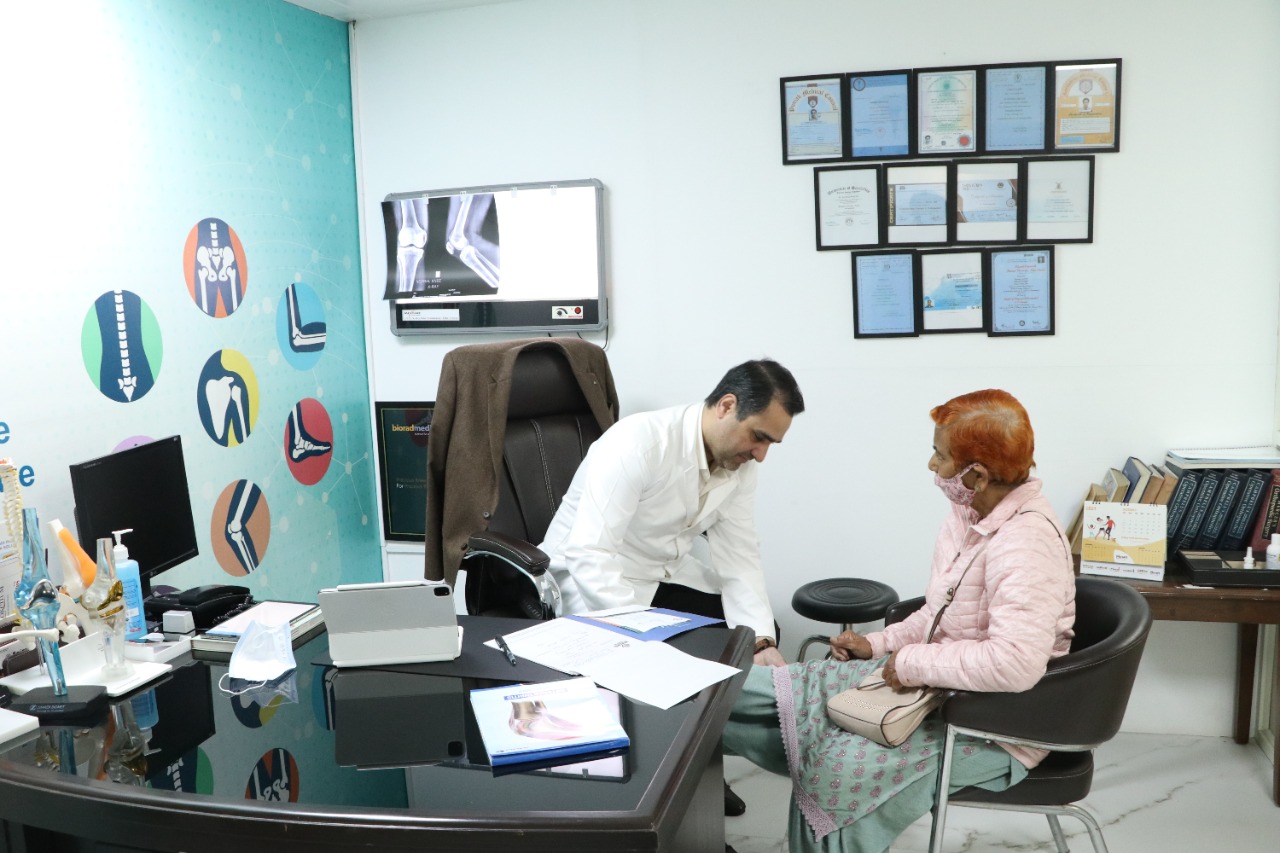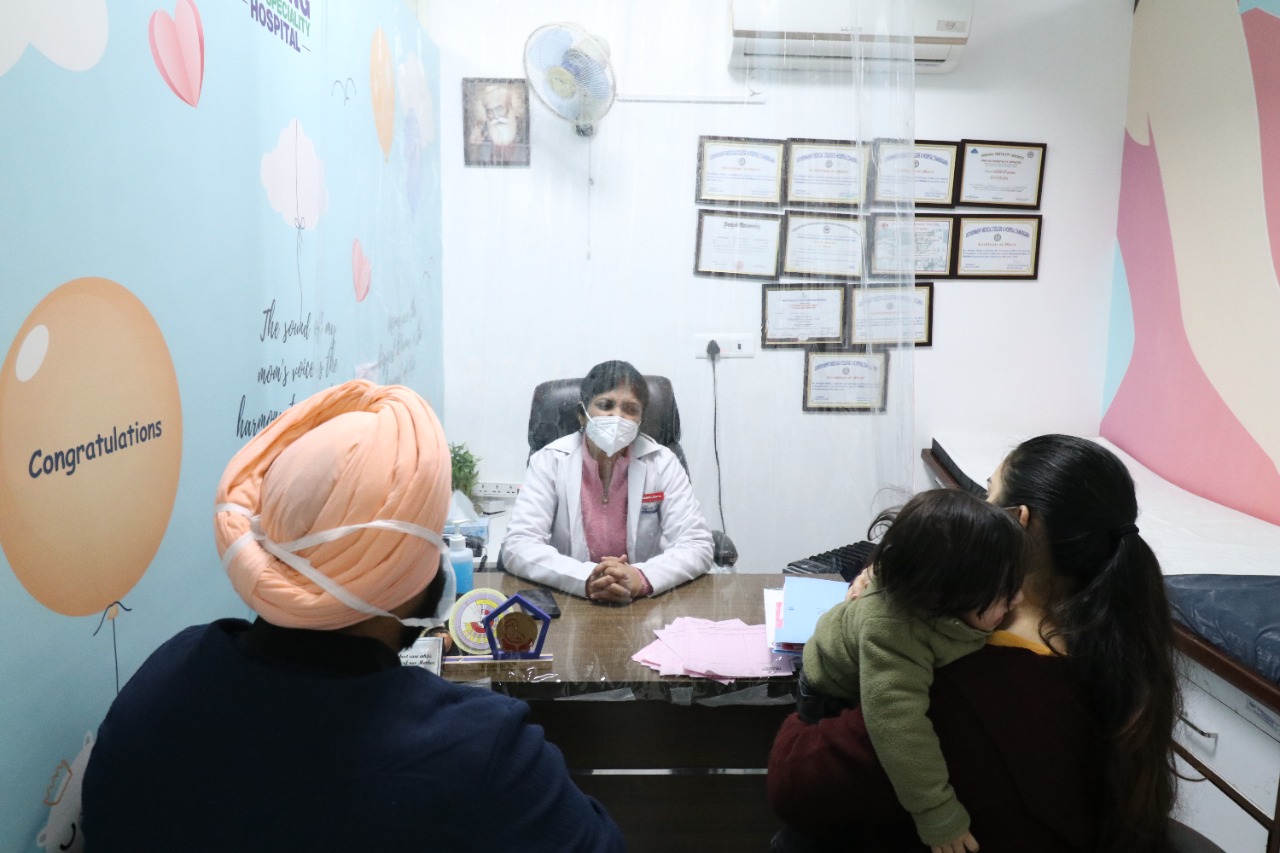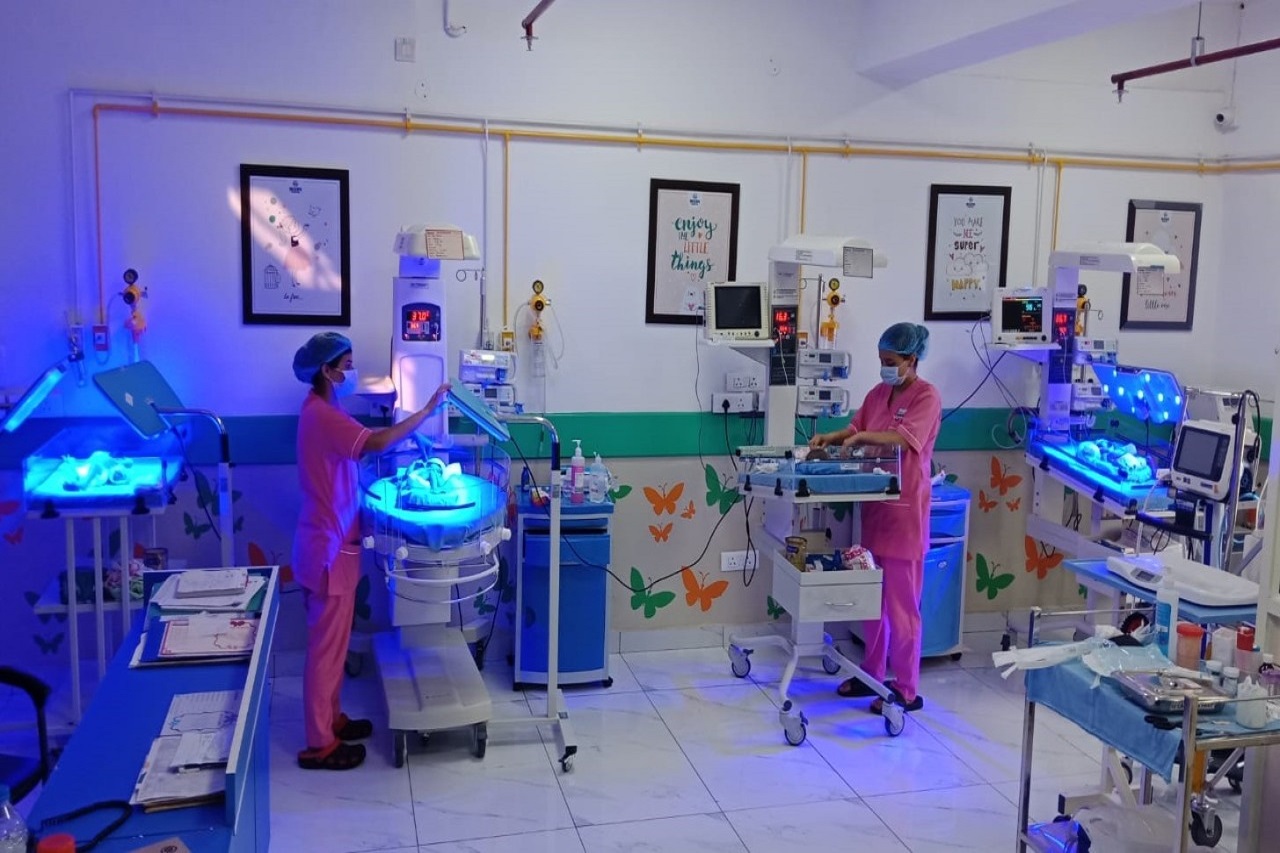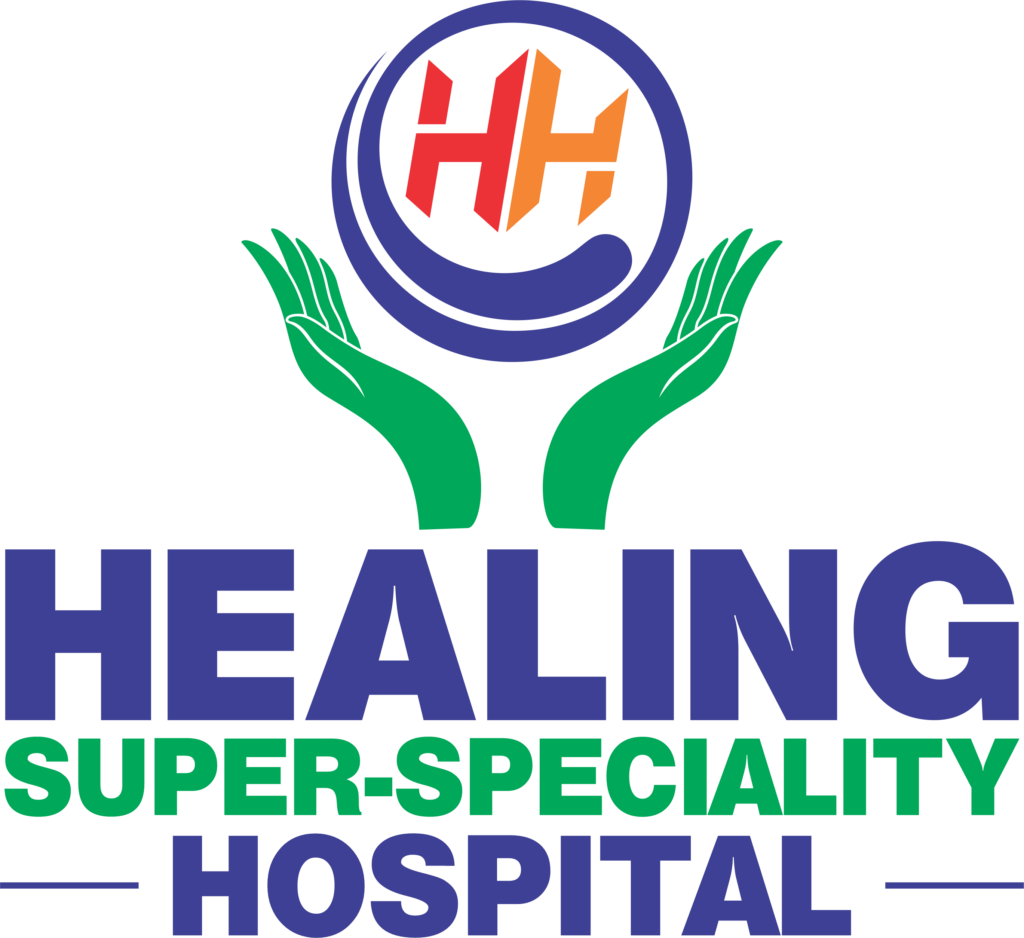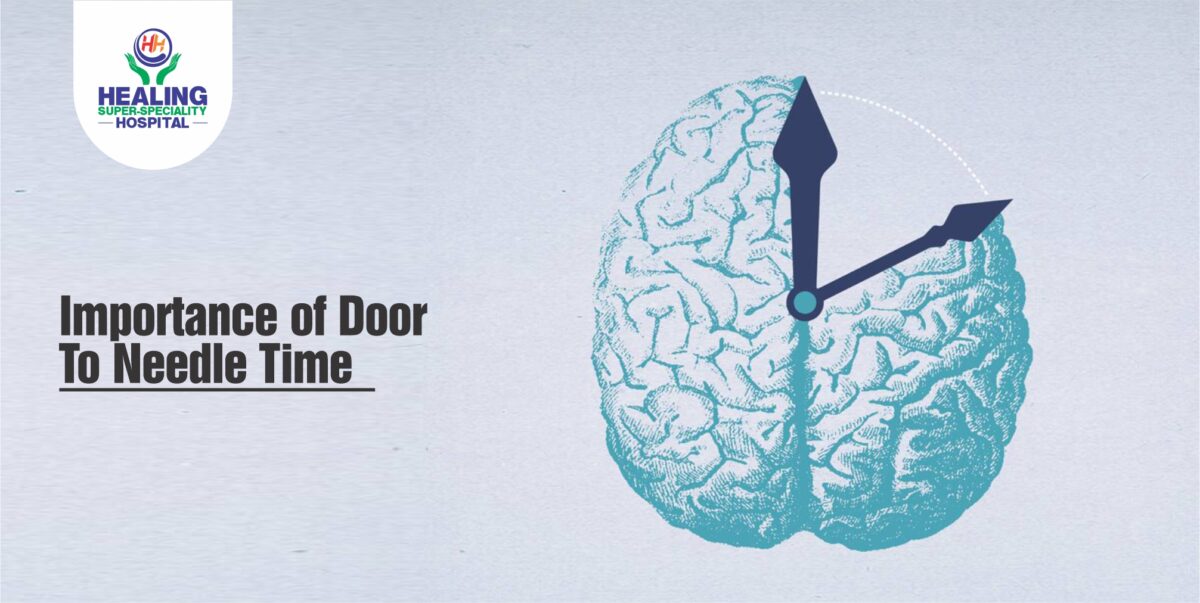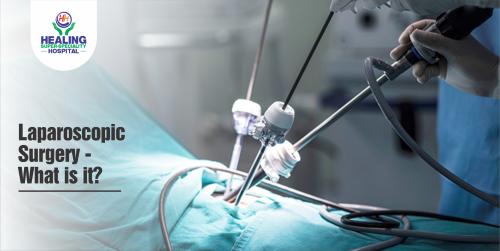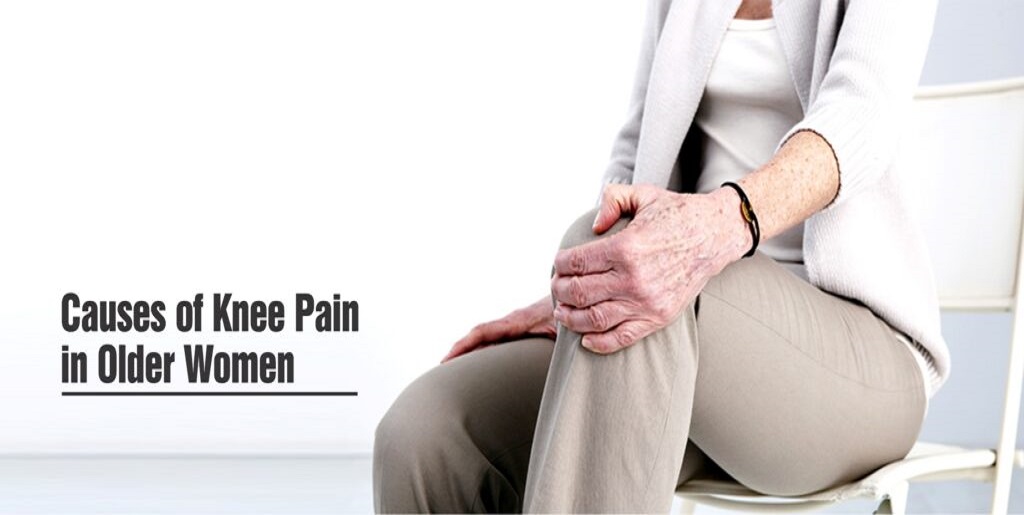Knee replacement surgery in Delhi has become increasingly common as the city establishes itself as a hub for advanced orthopedic care. While this procedure can significantly improve quality of life for those suffering from severe knee pain and mobility issues, managing post-operative pain is a crucial aspect of the recovery process. This comprehensive guide will explore the various approaches to pain management following knee replacement surgery in Delhi, providing patients with valuable insights into what to expect and how to effectively manage their discomfort during recovery.
Pre-operative Pain Management Strategies:
Effective pain management begins before the actual surgery. Pre-operative strategies employed in knee replacement surgery in Delhi include:
- Patient Education:
– Informing patients about what to expect regarding post-operative pain
– Teaching relaxation techniques and breathing exercises
– Discussing the importance of early mobilization
- Pre-emptive Analgesia:
– Administering pain medication before surgery to reduce post-operative pain intensity
– May include NSAIDs, acetaminophen, or gabapentinoids
- Optimization of Chronic Pain Conditions:
– Addressing and managing any pre-existing chronic pain conditions
– Adjusting medications as necessary
- Psychological Preparation:
– Providing counseling to address anxiety or depression related to surgery
– Teaching coping strategies for managing post-operative pain
Intra-operative Pain Management Techniques:
During knee replacement surgery in Delhi, several pain management techniques are employed:
- Anesthesia Options:
– General anesthesia: Puts the patient to sleep during the procedure
– Regional anesthesia: Numbs the lower half of the body (e.g., spinal or epidural anesthesia)
– Combined approach: Using both general and regional anesthesia
- Local Infiltration Analgesia (LIA):
– Injecting a mixture of local anesthetics, NSAIDs, and epinephrine into the surgical site
– Provides targeted pain relief and reduces the need for systemic pain medications
- Peripheral Nerve Blocks:
– Adductor canal block or femoral nerve block to numb the knee area
– Can provide pain relief for up to 24 hours post-surgery
- Intravenous Medications:
– Administration of pain medications and anti-inflammatory drugs during surgery
Post-operative Pain Management Strategies:
Following knee replacement surgery in Delhi, a multimodal approach to pain management is typically employed:
- Pharmacological Interventions:
- a) Opioid Medications:
– Used for moderate to severe pain, especially in the early post-operative period
– Examples include morphine, hydrocodone, and oxycodone
– Carefully monitored due to potential side effects and risk of dependence
- b) Non-Opioid Analgesics:
– Acetaminophen (paracetamol) for mild to moderate pain
– NSAIDs (e.g., ibuprofen, naproxen) for pain and inflammation
– COX-2 inhibitors (e.g., celecoxib) for patients at risk of gastrointestinal side effects
- c) Adjuvant Medications:
– Gabapentinoids (e.g., gabapentin, pregabalin) for neuropathic pain
– Muscle relaxants for muscle spasms
– Anti-nausea medications to manage opioid-induced nausea
- Regional Anesthesia Techniques:
- a) Epidural Analgesia:
– Continuous infusion of local anesthetics through a catheter in the epidural space
– Provides excellent pain relief but may delay mobilization
- b) Patient-Controlled Analgesia (PCA):
– Allows patients to self-administer small doses of pain medication as needed
– Provides a sense of control over pain management
- c) Peripheral Nerve Blocks:
– Continuation of nerve blocks initiated during surgery
– May use continuous infusion catheters for prolonged pain relief
- Non-Pharmacological Interventions:
- a) Cryotherapy:
– Application of cold packs or specialized cooling devices to reduce pain and swelling
– Can be used frequently throughout the day
- b) Transcutaneous Electrical Nerve Stimulation (TENS):
– Use of low-voltage electrical current to stimulate nerves and reduce pain perception
– Non-invasive and can be used as needed
- c) Compression Therapy:
– Use of compression bandages or stockings to reduce swelling and improve circulation
- d) Elevation:
– Keeping the leg elevated above heart level to reduce swelling and discomfort
Emerging Trends in Pain Management for Knee Replacement Surgery in Delhi:
As medical technology and research advance, new approaches to pain management are being explored:
- Enhanced Recovery After Surgery (ERAS) Protocols:
– Comprehensive, evidence-based protocols to optimize recovery
– Includes pre-operative, intra-operative, and post-operative strategies
- Virtual Reality (VR) Therapy:
– Using VR technology for distraction and pain relief during physical therapy
– Showing promise in reducing pain perception and increasing exercise compliance
- Personalized Pain Management:
– Using genetic testing to predict individual responses to pain medications
– Tailoring pain management strategies based on genetic profiles
- Advanced Regional Anesthesia Techniques:
– Exploring new nerve block techniques for more targeted pain relief
– Investigating longer-lasting local anesthetics
- Wearable Pain Management Devices:
– Development of portable, wearable devices for continuous pain relief
– Combines technologies like TENS, cryotherapy, and compression
Conclusion:
Effective pain management is a crucial component of successful outcomes in knee replacement surgery in Delhi. By employing a comprehensive, multidisciplinary approach that combines pharmacological interventions, regional anesthesia techniques, non-pharmacological therapies, and rehabilitation strategies, patients can experience improved comfort, faster recovery, and better overall results.
